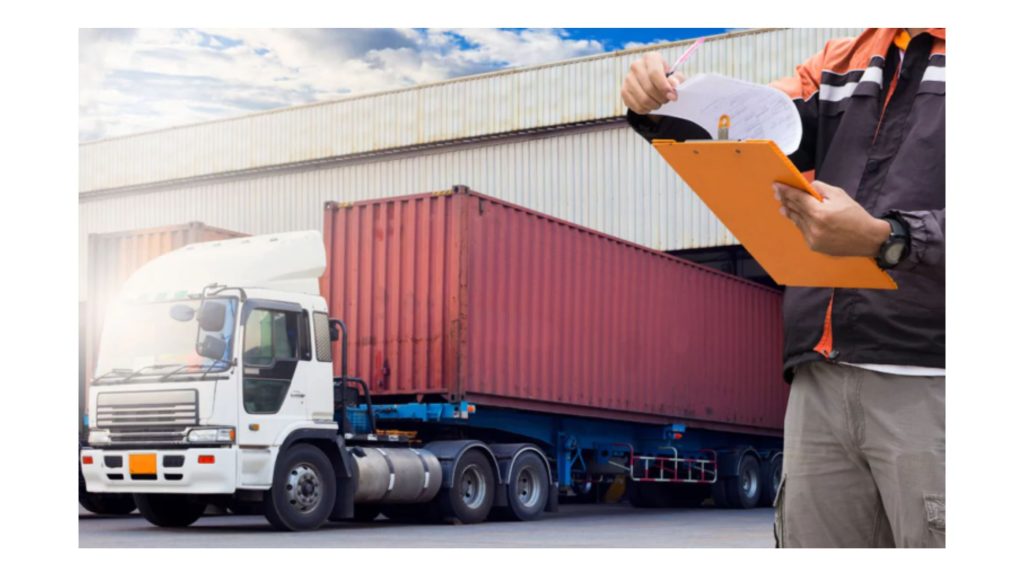Rising freight costs have become a strain for many businesses. Fuel surcharges, handling fees, and layered contracts often eat into margins without warning. A quick glance at invoices can give a sense of spend, yet true cost clarity only comes from deeper analysis. Many companies continue with outdated agreements or accept fees without questioning them. As a result, large sums are lost in areas that remain invisible on the surface.
Data-driven transportation analysis changes that picture. It transforms scattered invoices, rate sheets, and carrier contracts into clear numbers and practical insights. Instead of vague estimates, decision makers see what they are paying, why they are paying it, and how those costs compare to market benchmarks. Every detail matters, from small package shipments to global freight moves. The result is not just visibility but real savings that strengthen a company’s bottom line.
Breaking Down True Transportation Costs
Most businesses underestimate how complex freight charges can be. What appears as a single shipping fee often includes layers of extras. Freight charges are the base, but they rarely tell the whole story. Fuel surcharges fluctuate constantly and can rise sharply with market conditions. Handling and accessorial fees cover things like liftgate services or inside delivery, and they are often buried in fine print. On top of that, third-party services may be added without much clarity.
A structured breakdown eliminates guesswork. With proper analysis, companies see the full picture of what they are paying. Instead of one lump number, costs are separated into clear categories. This not only builds transparency but also identifies areas that should be questioned. If one carrier consistently charges above-average accessorial fees, it stands out immediately. The same applies to recurring third-party costs that may no longer be required. What once looked like a flat shipping charge is revealed as a series of separate expenses, many of which can be negotiated or reduced.
Finding Opportunities for Savings
Not all savings come from cutting. Often, they arise from smarter design of transportation networks. Consolidation is a common example. Instead of shipping many small loads, combining them into fewer but fuller shipments often reduces costs. Carrier performance comparisons also reveal where service is inconsistent or where pricing is not competitive. Delivery timing adjustments can help avoid peak surcharges or reduce the need for expedited shipments. Even hidden incentives may exist within contracts if certain thresholds are met.
What makes these opportunities real is the data behind them. Each recommendation comes from actual shipping records, not generic best practices. For one company, savings may come from reducing duplicate services. For another, it may be about shifting certain freight from air to ocean. A third may benefit from aligning delivery schedules more tightly with production. No two businesses have the same pattern, which is why data-based advice creates real impact rather than broad ideas.
Performance Benchmarks that Tell the Truth
Without context, even detailed cost numbers are incomplete. That is where benchmarking comes in. Knowing the cost per mile compared to peers highlights whether a business is paying above average. Delivery consistency can be measured against carriers with stronger on-time records. The mix of services, from small package to full truckload, can be compared to see if the balance is efficient or skewed.
Benchmarks offer perspective. A business may assume its rates are fair until compared against market averages that show otherwise. Similarly, service gaps only become clear when stacked against competitors. This type of benchmarking does more than measure performance. It sets realistic goals. Rather than chasing arbitrary cost cuts, businesses can aim to match or beat proven industry standards. That keeps expectations grounded and savings targets achievable.
Why Deeper Insights Always Pay Off
A quick review of shipping invoices is rarely enough. Hidden fees remain buried, contract terms go unchecked, and service performance slips under the radar. Deeper insights are what turn transportation data into savings and stronger carrier relationships. Businesses gain not just reduced spend but also smoother operations and better service levels.
JEC Consulting Services provides tailored solutions designed to bring these results into reach. The company offers a free analysis for total Transportation Expense, giving businesses a clear view of their current situation. The process is simple, requires no obligation, and creates a baseline for further improvements. As the data unfolds, businesses see areas where costs can be reduced and services improved. They also gain strategies matched to their own structure rather than generic templates.
Conclusion
Cost reduction through transportation analysis is not theory but proven practice. Every business has hidden expenses in freight spend, yet many only see the surface. JEC Consulting Services turns those layers into clear numbers and practical steps. The firm checks contracts, benchmarks rates, and identifies savings opportunities backed by actual data.
For companies seeking the Best Transportation Analysis for expense reduction, JEC Consulting Services offers a path that is both practical and results driven. The firm does not just point out problems but provides solutions that create immediate savings and long-term strength. Every review is detailed, every recommendation is specific, and every insight comes with measurable impact. That approach explains why deeper analysis always delivers more than surface checks. Savings, clarity, and stronger positions for future negotiations are the outcomes businesses can expect.



